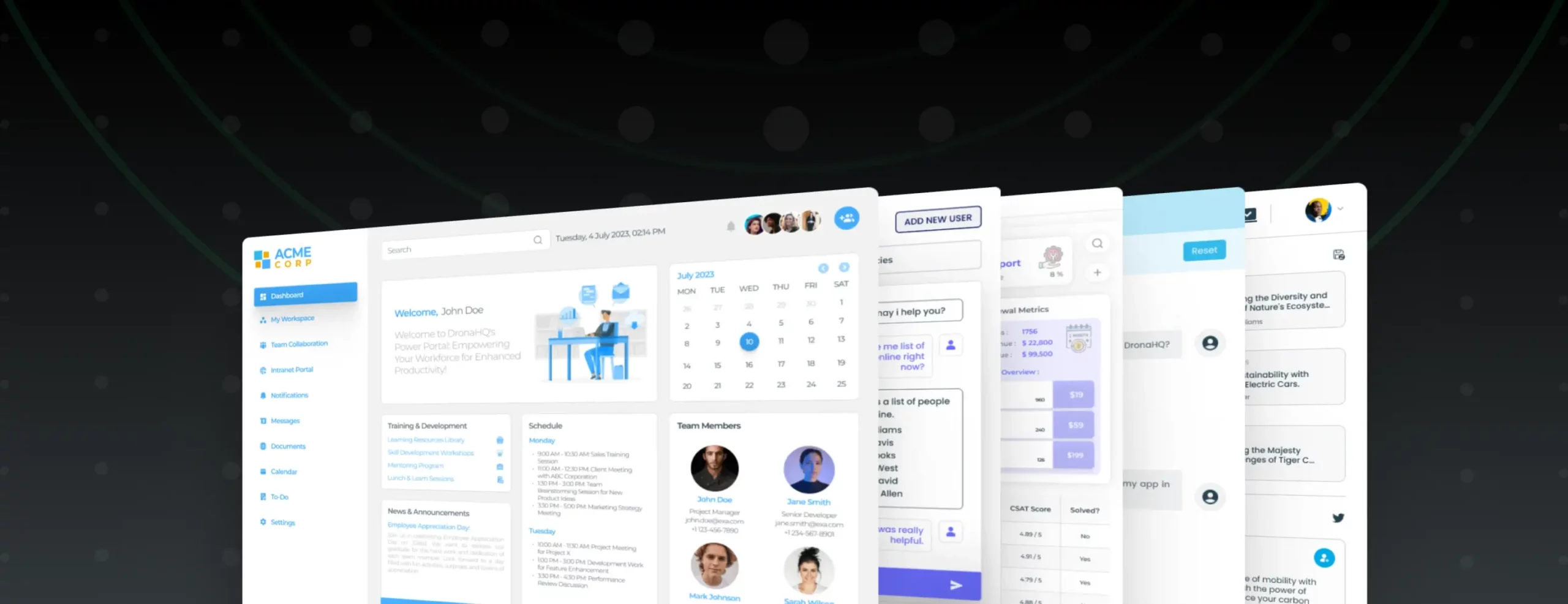

Hacks to identify business process improvement opportunities
Business processes determine how successful you are at running your company. A broken process can cost you time and money. But pinpointing exactly where a process fails and how to improve it — doesn’t sound bad, right? This article will help you identify those processes so that you can refine them to maximize efficiency.
Introduction
Imagine if your business were a house, and the business processes would be the infrastructure that holds it all together. Without this structure, the house would collapse into rubble.
To build a steady, stable structure for your business, you need to run it with maximum power and efficiency, along with any type of internal or external challenges. To ensure this, you need to take a look at your business processes and figure out ways to improve them. Yes, this sounds like a complicated effort, and certainly, it will require groundwork from your side — but this is a habit that will help you ensure your organization’s long-term health.
For this process, you need to get together to analyze the business practices and identify potential areas of improvement, such as certain operations that could be tweaked or additional skills that employees could learn. Some leaders do a cost-benefit analysis to determine whether the change would be worth what it would cost to make those changes.
But let’s first see what process improvement is.
What is Business Process Improvement?
Business process improvement refers to the habit of examining all of the techniques and procedures in an organization to identify and analyze if there is any way to make them more smooth and efficient. Improving these processes will optimize the employees’ performance and meet best practice standards, further enhancing the quality and experience for the end-users.
Process Improvement can have several different names, such as business process management (BPM), continual improvement process (CIP), to name a few. Regardless of the terminology, they all pursue the same goal: to minimize errors, boost productivity, and streamline efficiency.
How to identify the improvement opportunities?
Figure out if you have a problem with any of your processes that are secretly depleting your internal resources and further impacting your business negatively? Processes drive the results of your business goals and ensure that your organization stays competitive, so it’s critical to identify when they become a problem quickly. Here are three hacks to identify a need for process improvement –
Hack #1 Your Business Goals
You should know exactly where you want your business to go (and be very specific), so you can determine when you have reached your goals. You can ensure your success by:
- Identifying the business goal(s)
- Defining a pragmatic timeframe to accomplish these goals
- Assigning metrics to increase transparency and track progress
- Reporting progress in regular intervals
For example, a mobile manufacturing company would want to build a mobile fast without compromising the product’s quality, or an e-commerce company would want to process the order capture, delivery, return, or replacements faster as well as in an efficient way.
If you do not have a way to track your metrics, this is a clear sign that you have a process problem.
Hack #2 Your Employees
In an anonymous survey, your employees will be very candid about the business processes (either internally or externally focused) that cause them any difficulty. A well-designed survey will result in the precise identification of concerns and extract ideas for the solution. It is very important that the results are summarized and communicated to the employees. Identifying the actions planned to be taken against each issue will help build their confidence and trust within the organization.
Another approach that involves your employee is roundtables. This can acquire more in-depth insights into processes needing improvement by conducting round tables with employees involved or impacted by specific business processes. Having a group discussion brainstorming session can help understand nuances that will not come out in a survey. Also, individuals will build off each other’s insights and experiences with the business process, which typically leads to better solutions.
Hack #3 Your Customers
Your company can use information from an independent survey with customers to obtain feedback on improvement areas needed from their perspective. We know that customers tend to be willing to invest a small amount of time in helping to improve the products/services they buy. A properly designed survey that is quick and easy to complete can supply a great amount of insight. These surveys must be categorized and prioritized according to your needs.
Conclusion
Recognizing that your business process needs improvement is just the first step, and improving your process takes considerable effort. In my upcoming blog, I’ll throw some light on how you can take the necessary steps to ensure the continued growth and success of your organization. Stay tuned!
Originally published at Medium.



